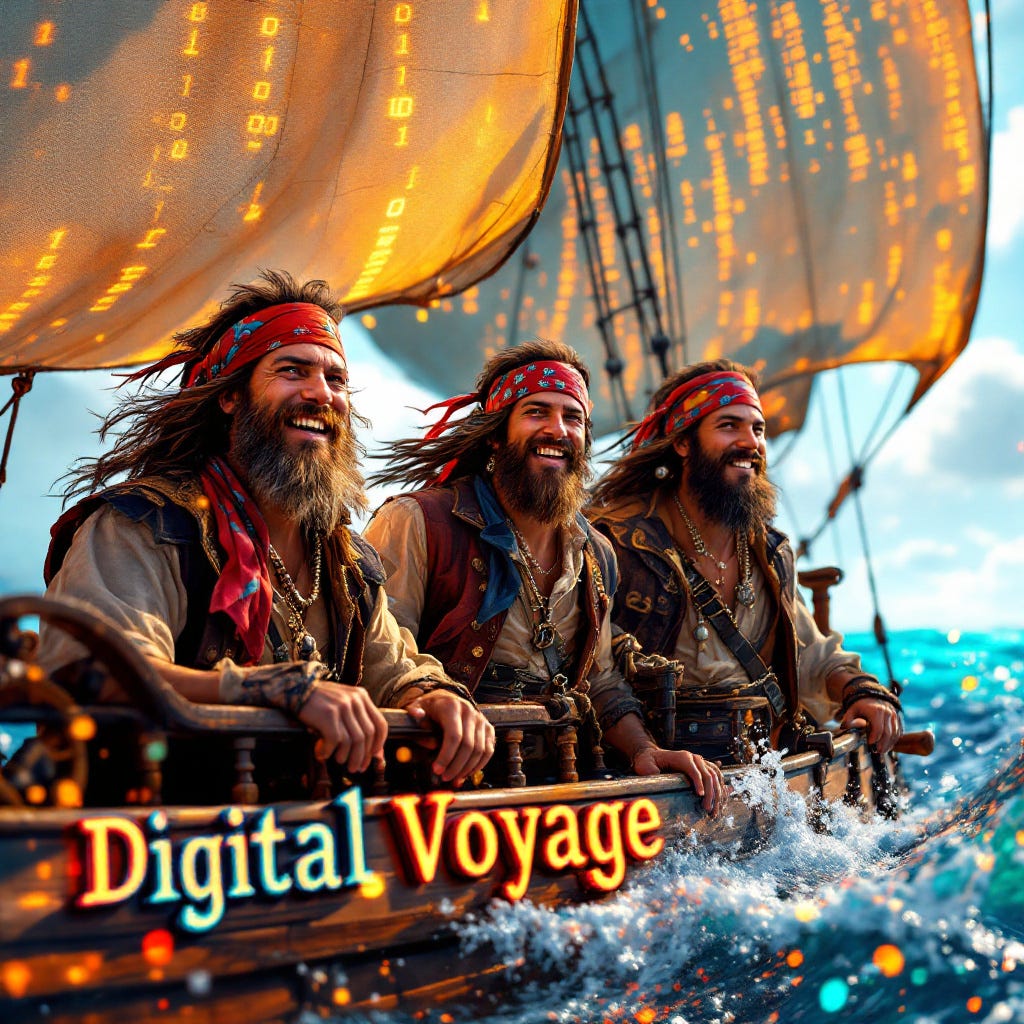The internet’s transformation is accelerating at an unprecedented rate. From a static repository of information to a vibrant marketplace for goods, services, and entertainment, its evolution has consistently redefined industries. Yet, we stand on the brink of an even greater shift: the emergence of the web as the primary distribution platform for real-time 3D content creators across a spectrum of media. This evolution signals a future where the boundaries between creation, distribution, and consumption blur, fostering unprecedented opportunities for innovation and engagement.
1. Beyond Games: Expanding the Scope of Real-Time 3D
The web has long been a battleground for content distribution, but its potential as a distribution platform for real-time 3D content extends far beyond gaming. Movies, TV series, VTuber performances, and immersive storytelling experiences are poised to join the fold. Real-time 3D technologies enable creators to craft dynamic, interactive narratives that adapt to viewer input, transforming passive consumption into active participation. Imagine a web-based game where a movie—made using the same underlying 3D assets used to make the virtual world—has its first release inside the game or a TV series that adjusts its plot based on audience choices or a play performed by actors using motion capture to live stream as 3D avatars. These possibilities underline the web’s capacity to serve as the central hub for this new era of content creation.
2. Technological Foundations for a Real-Time 3D Revolution
The web’s evolution into a distribution powerhouse has been made possible by groundbreaking advancements in web technologies. WebAssembly, WebGPU, WebXR, and RDMA address historical barriers like rendering performance and latency, enabling near-native experiences directly within browsers. Meanwhile, cloud computing and edge infrastructure, supported by 5G networks and expanding fiber-optic coverage, further close the gap between web-based and native applications. These advancements empower creators to deploy high-fidelity 3D content seamlessly, bypassing traditional app stores and proprietary hardware platforms, like game consoles.
Additionally, the rise of generative AI and procedural content creation tools lowers the technical barriers for creators, enabling them to produce high-quality assets without extensive technical expertise. When combined with decentralized storage and distribution systems, these tools make the web an appealing option for creators seeking to maintain control over their intellectual property while reaching a global audience.
3. Openness and Interoperability: The Web’s Unique Advantage
Unlike closed ecosystems like app stores and proprietary platforms, the web offers unparalleled openness and interoperability. This makes it an ideal environment for creators who value flexibility and accessibility. Developers can deploy real-time 3D experiences directly on their own domains or via distributed networks, sidestepping gatekeepers and reducing friction in content distribution.
This openness aligns with the broader push toward interoperability in digital ecosystems. In a future where a virtual asset might seamlessly traverse games, movies, and social media, the web provides the foundational infrastructure for such fluid transitions. Open standards like USD x glTF for 3D models and decentralized identity systems for user authentication are already laying the groundwork for a truly interconnected digital landscape.
4. A Democratized Creative Economy
As the web matures into a real-time 3D distribution platform, it democratizes access for creators and consumers alike. Independent filmmakers, game developers, and VTubers can host their content without relying on expensive middlemen, opening up new revenue streams and creative freedom. Simultaneously, audiences benefit from a richer, more diverse range of experiences, tailored to their preferences and delivered on-demand.
This democratization mirrors the rise of user-generated content in the Web 2.0 era but extends it into the immersive realm. The ability to publish interactive 3D content as easily as one might publish a website today has the potential to transform not just entertainment but education, marketing, and social interaction.
5. Challenges and the Road Ahead
Despite its promise, the web’s role as a distribution platform for real-time 3D content is not without challenges, discoverability being a chief hurdle. Additionally, ensuring interoperability requires the adoption of universal standards, which can be slow to gain traction. Similarly, bandwidth and performance limitations in less-connected regions may hinder global accessibility in the short term. Moreover, the complexity of integrating real-time 3D content with existing monetization frameworks, like ad networks and subscriptions, remains a hurdle for many creators.
However, history has shown that technological innovation tends to outpace these obstacles. As hardware, software, and network infrastructures continue to evolve, the web’s potential as a distribution platform will only grow stronger.
6. Conclusion: A New Era of Digital Distribution
The web’s emergence as the ultimate distribution platform for real-time 3D content heralds a profound shift in how creators and audiences interact. No longer confined to isolated silos or proprietary platforms, creators can harness the web’s openness, reach, and technological advancements to deliver experiences that are immersive, dynamic, and democratized. Whether it’s a game, a virtual performance, or an interactive movie, the web is poised to become the nexus for the next generation of digital storytelling. The question is no longer whether the web will rise to meet this challenge—it’s how quickly creators will seize the opportunity to shape its future.



